Today we’ll be looking at the plays in Plate 17 of La Scherma by Francesco Ferdiando Alfieri. You can snag the Terminiello copy over on Amazon and the Tom Leoni version over on LuLu. I’m cross-referencing both in this chapter.
This chapter is meant to help right-handed fencers deal with those pesky southpaw (see: lefty) fighters. For many, running into lefties is a rare occurrence where lefties running into a righty is pretty common, giving them a smidge of a tactical advantage.
The good news is that a lot of the same techniques we use against right-handed fencers can work against our left-handed counterparts. The system is great that way, but it does take a little bit of rewiring your brain to see the proper openings and attacks. This chapter by Alfieri should get you on the right track.
Intro
Alfieri starts off by dismissing the idea that left-handed fencers have any real strategic advantage over right-handed fencers. He affirms that even though right-handed fencers don’t have the same opportunities to work against lefties, the rules & principals laid out by Alfieri remain the same & work.
Alfieri states that righties should always find a left-handed fencer’s sword on the outside line and control his blade with your forte, forcing him to cavazione to your outside line where you can strike in tempo.
If your left-handed opponent attacks with a lunge, use a single tempi parry-riposte attack. This is to say that the parry-riposte happens at the same time in one fluid motion and not as the 1-2 combo we think of (that’s dui-tempi or two tempo).
Alfieri also notes that you use quarta to attack a leftie’s outside and seconda to attack their inside. Another way to look at it is that quarta always is for protecting your inside line and seconda for your outside line, regardless of your opponent’s handedness.
The Plays
Play #1. In this play, Gentleman 32 is in terza. You arrive into measure on the inside line and feint. As he moves to parries, you cavazione to their outside line and lunge.
This play also works if you gain their sword on the inside line. As you force them to cavazione you strike in tempo over their sword on the outside line.
Note: It’s funny that Alfieri mentions that we must always gain on the outside line and then provides two plays that start on the inside line. Another way of looking at it is the earlier graphs are your first go-to plays against lefties, and these are some alternate strategies to utilize at your discretion.
Play #2. You can also change things up and attack in seconda along Line C.
This would work best by gaining their blade on the outside line in quarta first. As they disengage, we can then attack along Line C in seconda. Alternately, we can feint along Line A in quarta and as they go to parry, disengage and strike along Line C. Alfieri doesn’t explicitly state this, but he says we can use the same techniques learned in the system, so moves like this are fair game against lefties. So, in theory, we can gain a left-hander’s sword on the outside line in quarta and perform a firm footed lunge to strike them (the most basic of plays).
There are numerous other ways of adapting the system to fight left-handed duelists and I encourage folks to try each plate in this manual but against a lefty to see how things work.
Play #3. Lastly, if our opponent attacks us first, we turn out hand in seconda and lower it to Line B and raise a stramazzone or mandritto cut on Line A to our opponent’s head.
For starters, a stramazzone is a circular cut not unlike a modern day moulinet. Devon Boorman of Academie Duello has a nice video showing the stramazzone. I’ll also note that Duello.TV (run & managed by Academie Duello) is a great resource for historical combat video instruction, especially if you’re into the Italian Rapier system.
Which form of a stramazzone you use in this play really depends on which line your opponent attacks you on. Alfieri makes no distinction in the text.






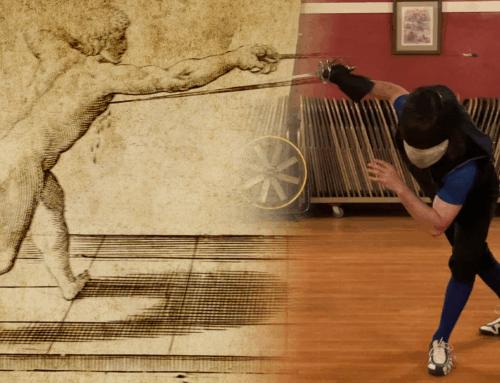
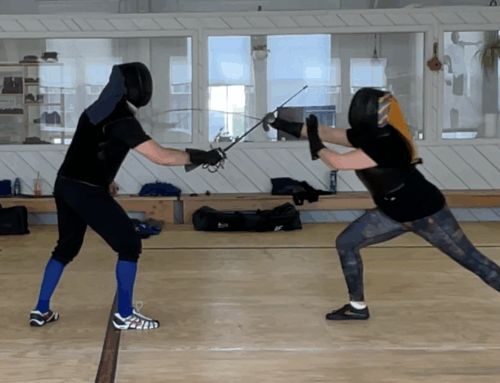

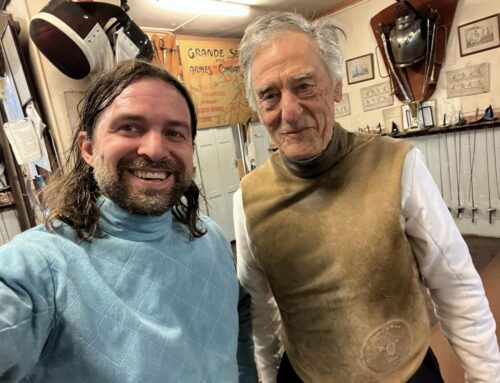
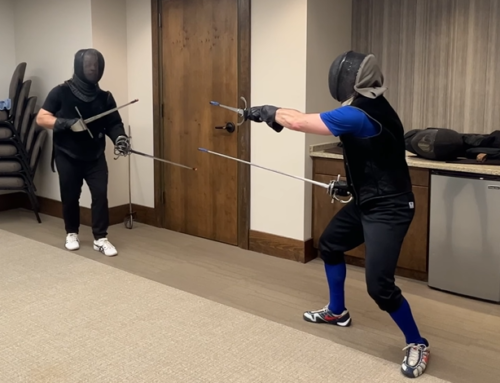
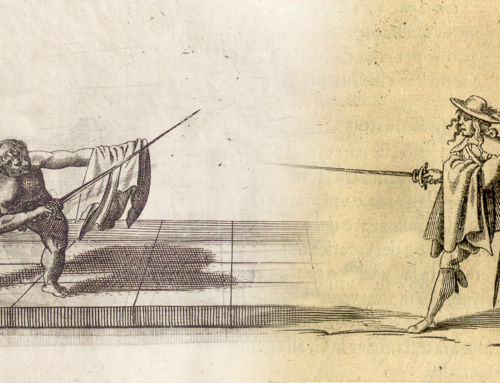
As a left-handed fencer, I can’t help but note how much effort some period masters devote to the subject of defeating us and the utter paucity of instruction offered to the left-handed swordsman. Clearly, we’re just naturally suited to sword-play. 🙂
– Etienne, Ansteorra